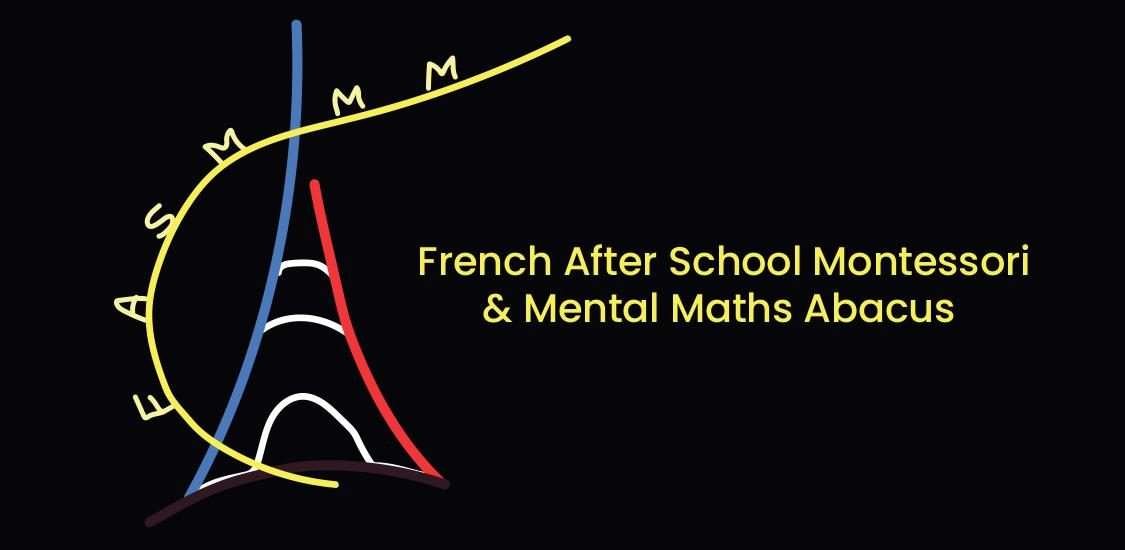We combine the Montessori and Boscher French methods to facilitate French reading acquisition.
Whether you’re a child or an adult, it’s never too late to start learning to read French.
With belief in yourself and our dedicated support, achieving your goals is within reach.
Your progress depends on your motivation and objectives, and we’re committed to helping you every step of the way.
Interactive Activities: Activities are designed to engage participants actively in speaking French. For example, role-playing scenarios where students simulate conversations in various contexts, such as ordering food at a restaurant or asking for directions in a city.
Structured Discussions: Discussions are guided around specific topics to encourage vocabulary expansion and fluency. For instance, discussing current events or cultural topics related to French-speaking countries, allowing students to express opinions and practice their conversational skills.
Feedback and Correction: Teachers provide feedback and correct errors gently to improve pronunciation and grammar. For example, after a discussion activity, the teacher may summarize key mistakes and guide students on how to correct them for better communication.
Use of Multimedia: Multimedia resources like videos, podcasts, or articles are used to expose students to authentic French conversations. This helps in understanding different accents and speeds of speech, preparing them for real-life interactions.
Cultural Insights: Courses often integrate cultural insights to deepen understanding and appreciation of French-speaking cultures. This might include learning about traditions, customs, or social norms through discussions and readings.
Role of Grammar: While conversation-focused, courses also address grammar in context to improve accuracy. For instance, using specific grammar points within a conversation topic and practicing them through structured exercises.
Practical Application: Emphasis is placed on practical application outside the classroom, encouraging students to engage in conversations with native speakers or fellow learners. This might include assignments to conduct interviews or participate in language exchange activities.
Overall, French conversation courses aim to build confidence and proficiency in speaking through interactive, engaging, and culturally enriching activities.
Greetings and Introduction
Bonjour! (Hello!)
Bonjour! Que puis-je vous offrir aujourd’hui? (Hello! What can I offer you today?)
Ordering Coffee
Je voudrais un café, s’il vous plaît. (I would like a coffee, please.)
Quel genre de café? (What kind of coffee?)
Un café au lait, s’il vous plaît. (A latte, please.)
Asking for Clarification
Quelle taille? (What size?)
Petit, moyen, ou grand? (Small, medium, or large?)
Confirming the Order
Je prends un café au lait moyen, s’il vous plaît. (I’ll have a medium latte, please.)
C’est tout pour moi, merci. (That’s all for me, thank you.)
Paying and Ending
Combien ça coûte? (How much does it cost?)
Ça fait trois euros cinquante. (That’s three euros fifty.)
Merci beaucoup! (Thank you very much!)
Vocabulary Building: Start with learning essential vocabulary related to the topic, such as café (coffee), taille (size), s’il vous plaît (please), merci (thank you), etc.
Grammar Basics: Introduce basic grammar structures like subject-verb agreement (je voudrais, je prends), question formation (Quel genre de café?), and polite expressions (s’il vous plaît, merci beaucoup).
Role-playing Activities: Practice the conversation in pairs or small groups, taking turns to play the customer and the barista. Focus on pronunciation and fluency.
Listening Practice: Listen to recordings of similar conversations to get used to the speed and intonation of spoken French.
Cultural Insights: Discuss French café culture and etiquette, such as how to order politely and common phrases used in French cafés.
Review and Feedback: Provide opportunities for students to review vocabulary and grammar, and give feedback on pronunciation and sentence structure.
Practical Application: Encourage students to practice ordering coffee in French at local cafés or with French-speaking friends to reinforce learning outside the classroom.
By following these structured steps, adult beginners can gradually build confidence in basic French conversation skills, preparing them for more complex interactions in everyday settings.
Here are some key points:
Formal vs. Informal Greetings:
Formal: Bonjour (Hello), Bonsoir (Good evening), Salut (Hi, informal).
Informal: Salut is used among friends or acquaintances, while Bonjour and Bonsoir are more formal and used in professional or polite settings.
Introducing Yourself:
Formal: Je m’appelle [Your Name]. Enchanté(e) (My name is [Your Name]. Nice to meet you).
Informal: Je suis [Your Name]. Ravi(e) de te rencontrer (I am [Your Name]. Nice to meet you).
Asking How Someone Is:
Formal: Comment allez-vous? (How are you?)
Informal: Ça va? (How’s it going?)
Responding to How Someone Is:
Formal: Très bien, merci. Et vous? (Very well, thank you. And you?)
Informal: Ça va bien, merci. Et toi? (I’m good, thanks. And you?)
Formal/Informal: Enchanté(e) (Nice to meet you), or simply acknowledging with a nod and a smile.
Examples of Conversations with Two People:
Formal Conversation:
Person A: Bonjour, je m’appelle Marie. Enchantée.
Person B: Bonjour Marie, je suis Jean. Ravi de faire votre connaissance.
Person A: Comment allez-vous aujourd’hui?
Person B: Très bien, merci. Et vous?
Person A: Ça va bien, merci.
Informal Conversation:
Person A: Salut, moi c’est Pierre.
Person B: Salut Pierre, je m’appelle Sophie. Ravi de te rencontrer.
Person A: Ça va?
Person B: Oui, ça va bien, et toi?
Person A: Ça va, merci.
Person A: Bonjour, je suis Thomas. Enchanté.
Person B: Salut Thomas, moi c’est Claire. Ravi de te rencontrer.
Person A: Comment ça va aujourd’hui?
Person B: Ça va bien, merci. Et toi ?
Person A: Très bien, merci.
These examples illustrate different ways to greet and introduce oneself in French, depending on the level of formality and the context of the conversation. Practice these exchanges to become more comfortable with French greetings and introductions in various social settings.
